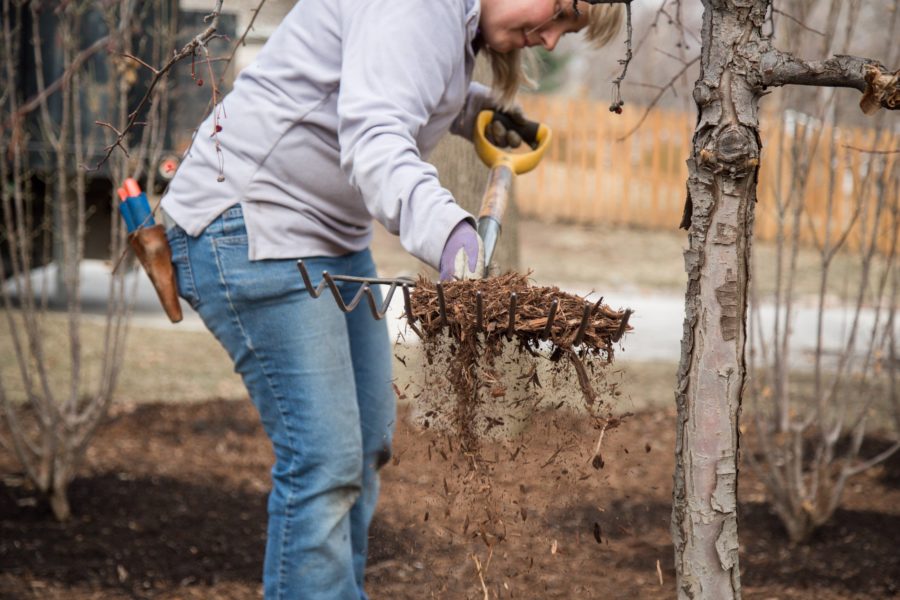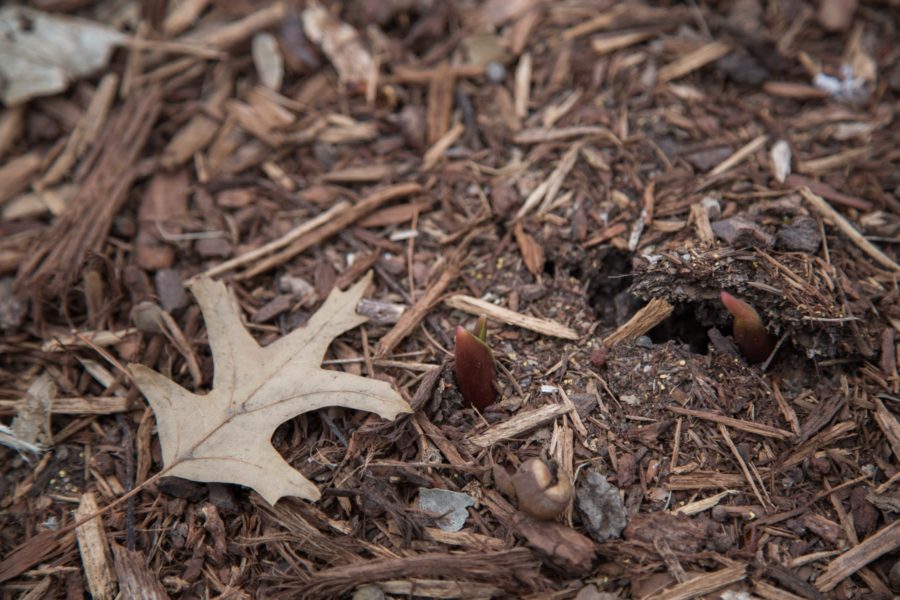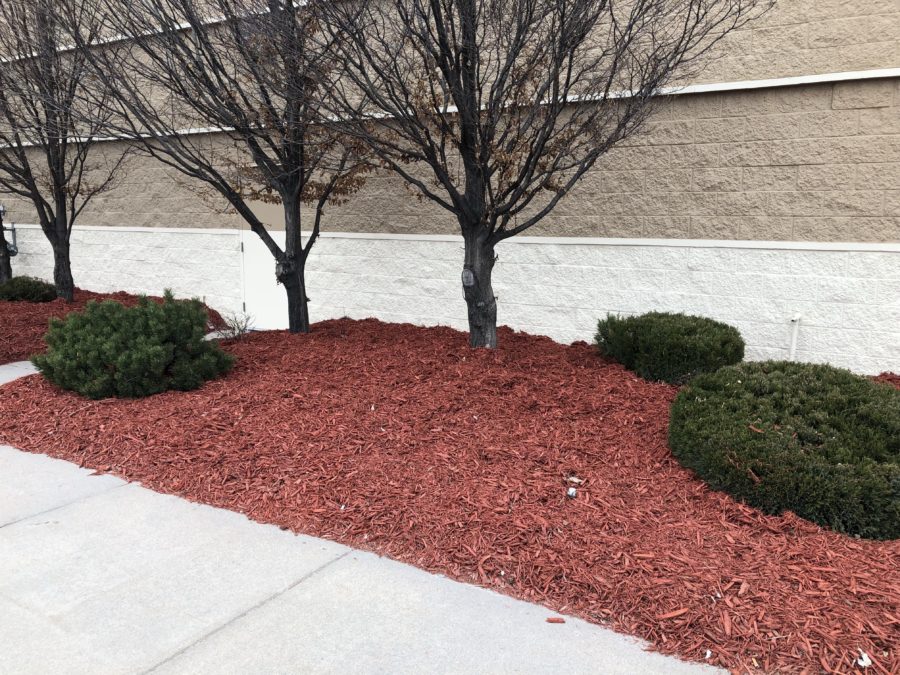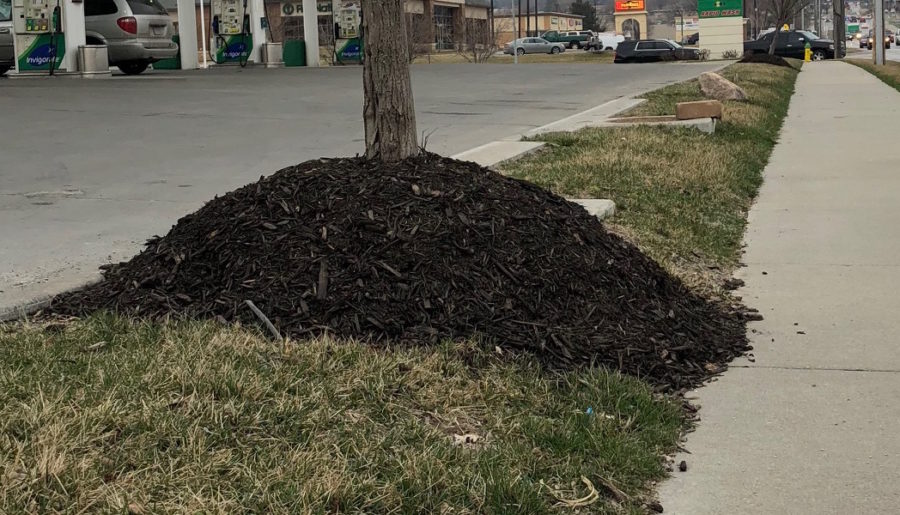

Spring bulbs poking through a light layer of mulch

Mulch is too prominent, not enough plants or layering of plants.

“Mulch volcanoes” are unnecessary and harmful
Our perennials don’t appreciate their crowns swimming in “oceans of bark” or having to hollow out small canyons of mulch to discover soil to plant them in. It may sound strange but it’s possible to kill plants with far too much kindness. Another approach may be to blame the plant for simply not being robust enough to survive such loving treatment. Yet, only steps away are perfectly happy plants growing in the cracks of our driveways in the harshest of conditions. Proving plants are very resistant and adaptable to most any situation and seek out success where conditions are favorable to their needs over our rituals. So…while mulching does have merits it is also true it should have moderation as well.

Example of a well done tree pit
SaveSave
Exciting! New plants in the garden! But wait....now what? How much water? When? Quick considerations before watering: Sun & Shade - Although most may say that shade gardens need less...
Spring fills us with wonder. Not in the ‘feeling of surprise mingled with admiration, caused by something beautiful’ kind of way. More along the lines of ‘what can I plant in my empty...